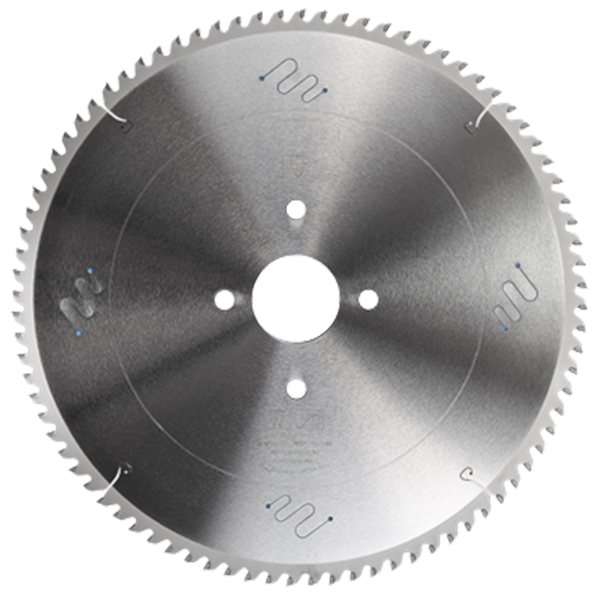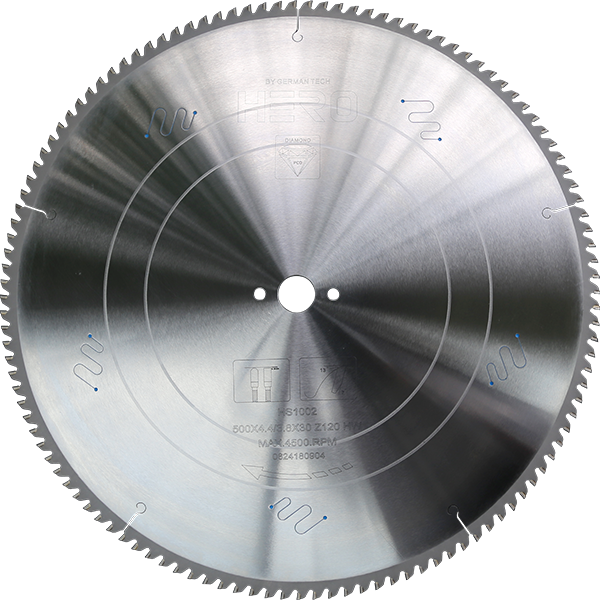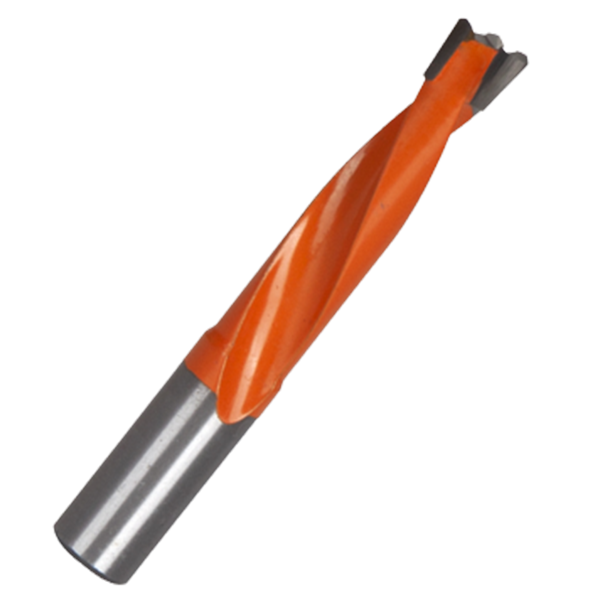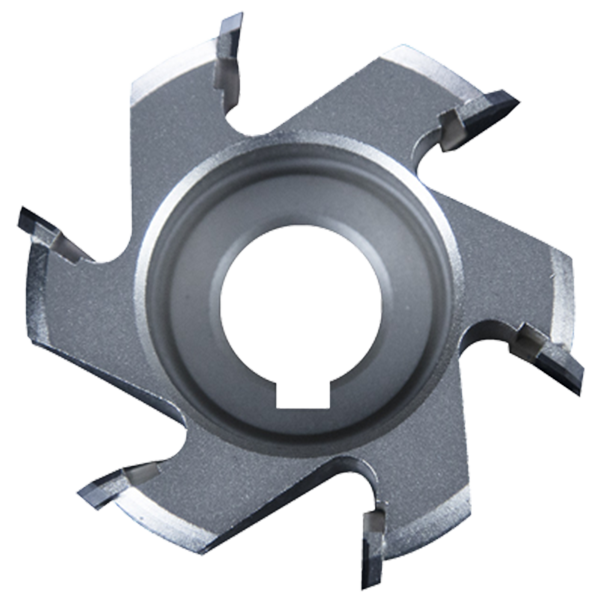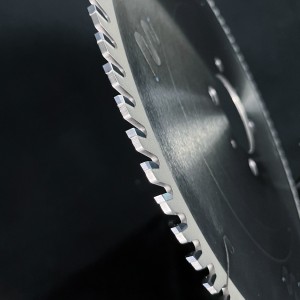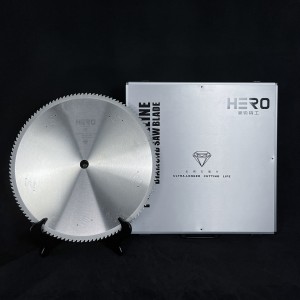What blades to use for cutting aluminum and what are the common defects?
Saw Blades come with different uses in mind, some for professional use on tricky materials, and others more suited to DIY use around the home.Industrial saw blade play a vital role in various industries, facilitating efficient cutting, slicing, and processing operations. However, like any mechanical component, they can encounter performance issues that affect productivity and quality.
CAN YOU CUT ALUMINUM WITH A WOOD BLADE
Always utilize the correct tools that are designed for the material at hand. Because aluminum is a strong metal compared to wood, many people are hesitant to cut it using a wood blade. If you take the proper measures, it is possible to utilize a wood blade.
CUTTING ALUMINUM WITH A WOOD BLADE
Can I cut aluminum with a miter saw? You can work with aluminum using a miter saw and a non-ferrous metal cutting blade. For chopping aluminum extrusions, channels, pipelines, etc., a miter saw is a suitable option. But can you cut aluminum with a wood blade on a miter saw?
Aluminum is effortless to cut and has high machinability. Aluminum can be sliced with a wooden blade with many teeth.
It should be mentioned that non-ferrous materials can be cut with the majority of wood blade brands. Even specific grades of carbide made for cutting aluminum are available. However, you must consider the blade’s TPI or several teeth if you intend to utilize a wood blade.
What is “Kerf”, and What Does it Mean for Me?
The kerf on a blade is the width of the tip which determines the thickness of the cut. Generally speaking, the larger the blade, the greater the kerf. However, as with anything, there are exceptions.For example, special application blades may not conform to this, as they may have smaller or larger kerfs to suit a specific material.
WOOD BLADE ON ALUMINUM
The number of teeth on the blade is the most significant factor. The cut will be smoother the more teeth there are (greater TPI). Lower TPI blades feature more prominent teeth and deep gullets. These will move the workpiece towards the direction of the blade by grabbing the aluminum channels’ edges.
The “pitch” of a blade is the distance between the tips of the teeth. This determines the size of the material the blade is suitable for. It’s important to measure the thickness of your workpiece, as the pitch selected should be equal. This will ensure that at least one tooth is always in the cut. The thicker the workpiece, the greater the pitch.Too small a pitch will end up with too many teeth in the job at once. When this happens, there isn’t enough space in the saw blade’s gullet (the recessed space between the teeth) to accommodate (clear) the swarf. This often results in “binding”, where the saw jams continuously.
CAN A CHOP SAW BE USED TO CUT ALUMINUM?
Yes, if by chop saw, you mean a miter saw. You can cut aluminum using a non-ferrous metal cutting blade and a chop saw (miter saw). Avoid using an abrasive disc to remove aluminum on a chop saw designed for cutting metal. Aluminum will jam abrasive cutting discs, causing them to overheat and shatter.
USING A CIRCULAR SAW TO CUT ALUMINUM
The miter saw is not an option for cutting huge aluminum sheets. A circular saw or jigsaw with metal cutting blades is the appropriate tool to employ in these circumstances. With a non-ferrous circular saw blades or a delicate wood blade with a carbide tip, you can use a circular saw to slice aluminum. Take your time and move slowly using a handheld circular saw to slice aluminum. If the cut is not straight, the metal will catch it. When this occurs, let go of the trigger and slightly retract the saw. Once more, feed the saw slowly and let the blade do the cutting.
EMPLOY A FINE BLADE
For cutting aluminum, make sure the wood blade you select has a fine blade with many teeth. Always have plenty of oil on the blade, and let the blade cool slightly in between cuts. This will lessen the possibility of harm and keep the material intact.The blade must be suitable for cutting non-ferrous materials and have the appropriate number of teeth for the thickness of the aluminum.If possible, it is recommended to use a professional aluminum cutting saw blade.
What factors will affect the accuracy of aluminum profile cutting machine cutting materials?
-
1.The shapes of aluminum profiles are different, and the way we place them when cutting is also different, so the cutting accuracy of the aluminum is also directly related to the technology and experience of the operator. -
2.There are various shapes of aluminum, and the regular ones have higher cutting accuracy, while the irregular ones are not closely combined with the aluminum cutting machine and the scale, so there will be errors in measurement, which will also lead to cutting errors. -
3.The amount of material placed in the aluminum cutting machine is different. When cutting one piece and multiple pieces, the former must be more accurate, because when cutting multiple pieces, if they are not tightened or tied tightly, it will cause slippage. When cutting, it will affect the cutting accuracy. -
4.The choice of the saw blade of cutting does not match the material to be cut. The thickness and width of the cutting material are the key to the selection of the saw blade. -
5.The sawing speed is different, the speed of the saw blade is generally fixed, and the thickness of the material is different so the resistance suffered is also different, which will also make the saw teeth of the aluminum cutting machine the cutting area is different within a unit time, so the cutting accuracy is also different. -
6.The stability of the air pressure, whether the power of the air pump used by some manufacturers meets the air demand of the aluminum cutting machine, and the use of the air pump is for how many aluminum cutting machines? If the air pressure is unstable, there will be obvious cut marks and inaccurate dimensions on the cutting end face. -
7.Whether the spray coolant is turned on and the amount is sufficient
Conclusion
Industrial knives are crucial components for many industries, and addressing performance issues is crucial to maintain productivity and quality. Regular blade maintenance, proper installation, material selection, and monitoring are key to overcoming these challenges. Remember, partnering with a reputable industrial knife manufacturer like HERO can provide valuable expertise, customised solutions, and ongoing support to address specific performance issues and ensure the optimal performance of industrial knives.
Post time: Jul-18-2024








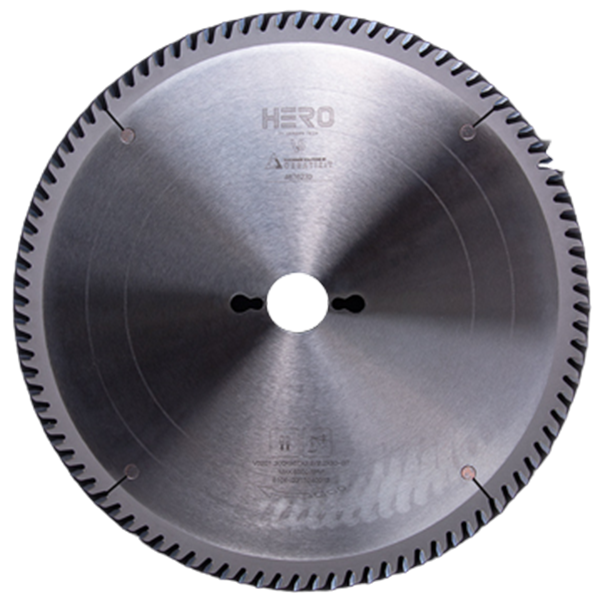 TCT Saw Blade
TCT Saw Blade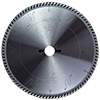 HERO Sizing Saw Blade
HERO Sizing Saw Blade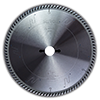 HERO Panel Sizing Saw
HERO Panel Sizing Saw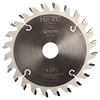 HERO Scoring Saw Blade
HERO Scoring Saw Blade HERO Solid Wood Saw Blade
HERO Solid Wood Saw Blade HERO Aluminum Saw
HERO Aluminum Saw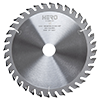 Grooving Saw
Grooving Saw Steel Profile Saw
Steel Profile Saw Edge Bander Saw
Edge Bander Saw Acrylic Saw
Acrylic Saw PCD Saw Blade
PCD Saw Blade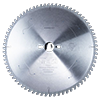 PCD Sizing Saw Blade
PCD Sizing Saw Blade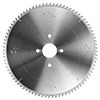 PCD Panel Sizing Saw
PCD Panel Sizing Saw PCD Scoring Saw Blade
PCD Scoring Saw Blade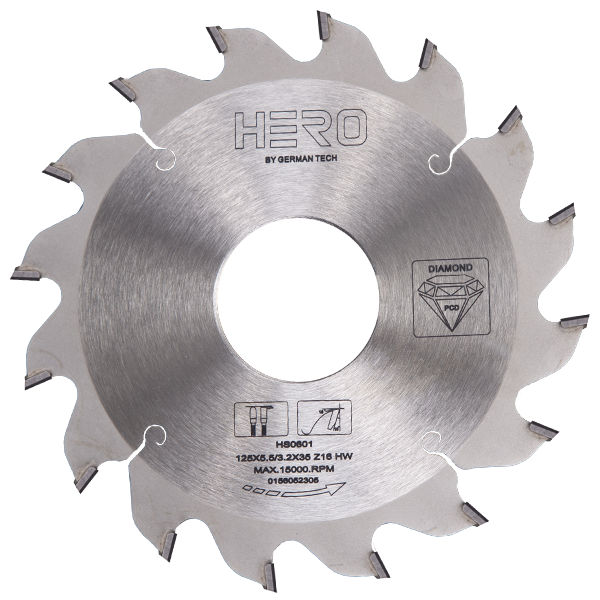 PCD Grooving Saw
PCD Grooving Saw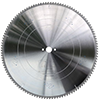 PCD Aluminum Saw
PCD Aluminum Saw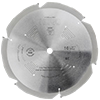 PCD Fiberboard Saw
PCD Fiberboard Saw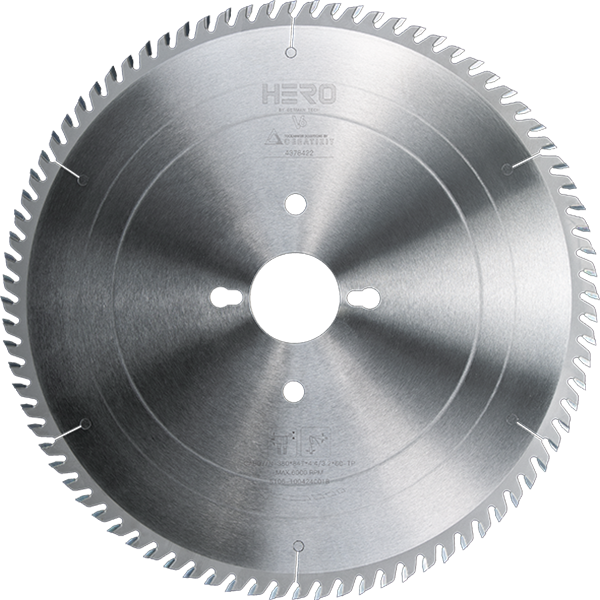 Cold Saw for Metal
Cold Saw for Metal Cold Saw Blade for Ferrous Metal
Cold Saw Blade for Ferrous Metal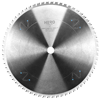 Dry Cut Saw Blade for Ferrous Metal
Dry Cut Saw Blade for Ferrous Metal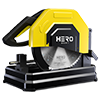 Cold Saw Machine
Cold Saw Machine Drill Bits
Drill Bits Dowel Drill Bits
Dowel Drill Bits Through Drill Bits
Through Drill Bits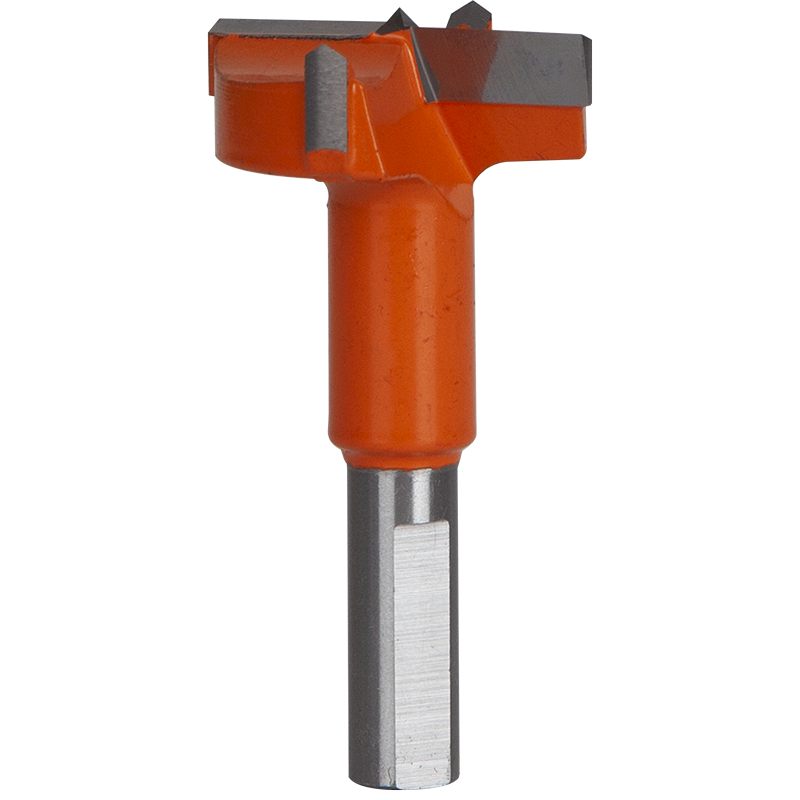 Hinge Drill Bits
Hinge Drill Bits TCT Step Drill Bits
TCT Step Drill Bits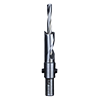 HSS Drill Bits/ Mortise Bits
HSS Drill Bits/ Mortise Bits Router Bits
Router Bits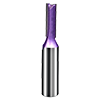 Straight Bits
Straight Bits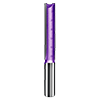 Longer Straight Bits
Longer Straight Bits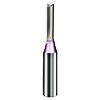 TCT Straight Bits
TCT Straight Bits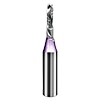 M16 Straight Bits
M16 Straight Bits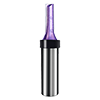 TCT X Straight Bits
TCT X Straight Bits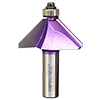 45 Degree Chamfer Bit
45 Degree Chamfer Bit Carving Bit
Carving Bit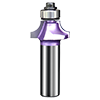 Corner Round Bit
Corner Round Bit PCD Router Bits
PCD Router Bits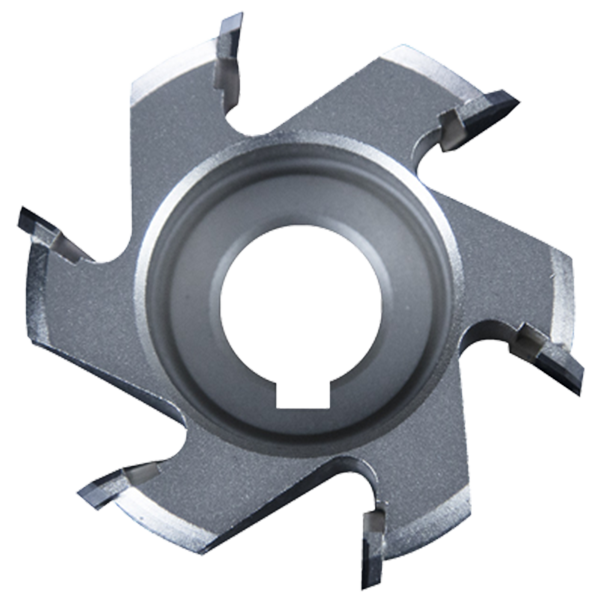 Edge Banding Tools
Edge Banding Tools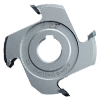 TCT Fine Trimming Cutter
TCT Fine Trimming Cutter TCT Pre Milling Cutter
TCT Pre Milling Cutter Edge Bander Saw
Edge Bander Saw PCD Fine Trimming Cutter
PCD Fine Trimming Cutter PCD Pre Milling Cutter
PCD Pre Milling Cutter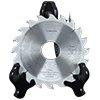 PCD Edge Bander Saw
PCD Edge Bander Saw Other Tools & Accessories
Other Tools & Accessories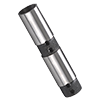 Drill Adapters
Drill Adapters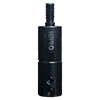 Drill Chucks
Drill Chucks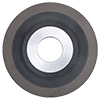 Diamond Sand Wheel
Diamond Sand Wheel Planer Knives
Planer Knives
